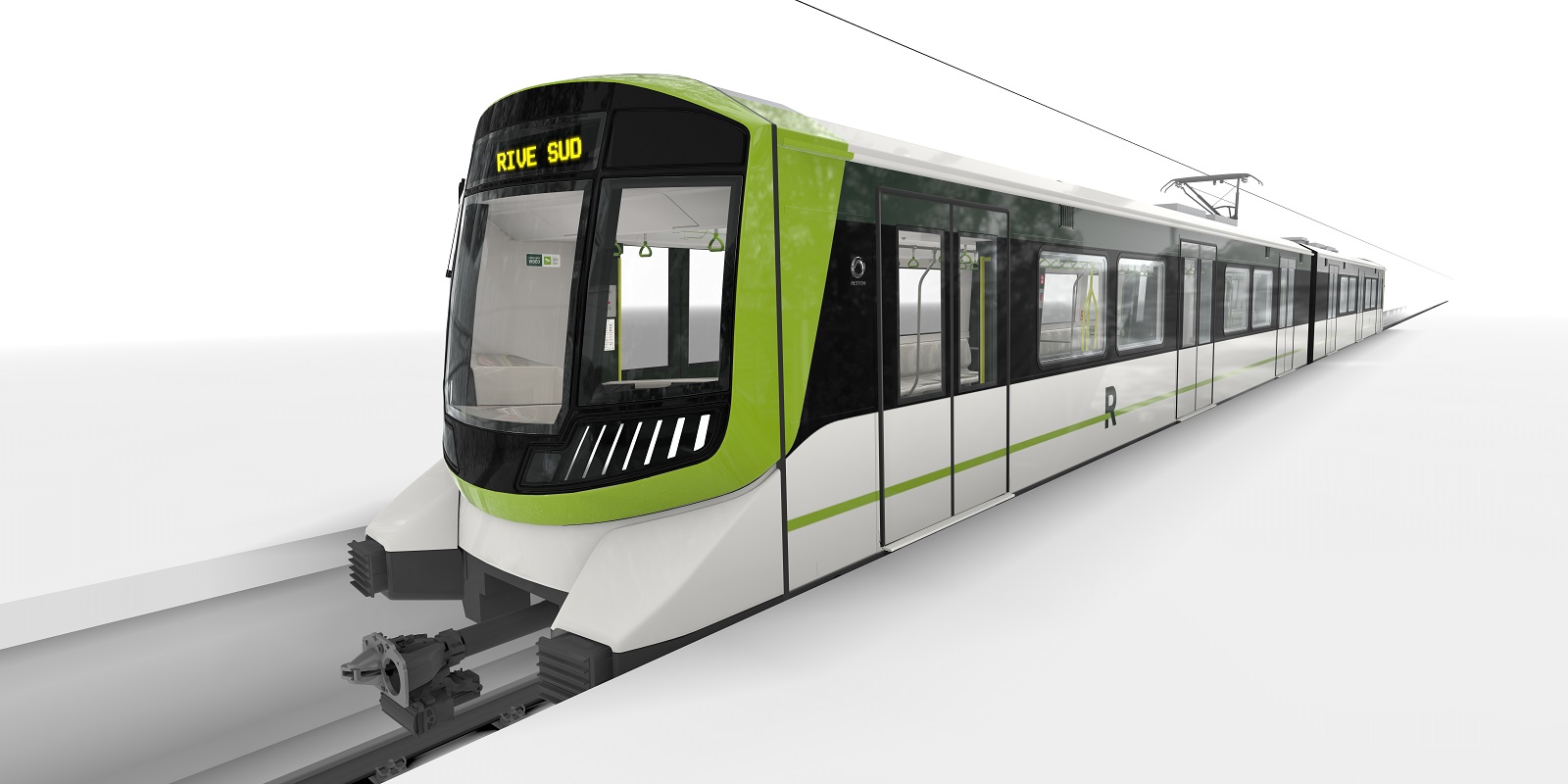BMO
Senior Member
I guess you need to know an estimated cost of something before committing funding for it. At this stage the range in how much it could cost is too wide.I'll ask it again - why doesn't Ford just commit the money and get this done properly?
I think there are still improvements needed with a 17% reduction.
That said - why not just build the full DRL as already planned, including a northern extension?
The province is in control. They can do what they want...so why not that?
